By David A. Norris
Spanish troops in a redoubt outside Pensacola, the besieged Capital of British West Florida, stacked their arms and waited for their midday meal on May 4, 1781. Enemy shot and shell soared over and around the partially finished works that sheltered the troops. As noon passed, few soldiers cared to risk looking out toward the British redoubts spitting shot and shell at them, and only a few unfortunates were on duty as sentries. It was then that 200 enemy soldiers poured into their works, driving back the Spanish at bayonet point. As one cannon after another slipped from Spanish hands, it seemed that the Union Jack just might remain flying over British West Florida.
By 1781, the Revolutionary War had evolved into an international conflict. France and Spain had declared war on Great Britain, and the war had reached Pensacola Bay on Florida’s Gulf Coast. Permanent European settlement at Pensacola began with a Spanish fort built in 1698. The third location of Spain’s outpost on the bay, the 1754 presidio called San Miguel de Panzacola, became the nucleus of the modern-day city of Pensacola. The Treaty of Paris signed in 1763 gave Spanish Florida to Great Britain in exchange for the return of Cuba; in turn, France ceded the vast territory of Louisiana to Spain.
The British split their new possession into two colonies: East Florida and West Florida. Pensacola became the capital of the new colony of West Florida, which included the Florida panhandle as well as slices of former French territories in what are now parts of Alabama and Mississippi. West Florida stretched from the Apalachicola River as far west as the Mississippi River.
Pensacola sat on the mainland inside a large bay sheltered by long, narrow Santa Rosa Island. Ships entering Pensacola Bay sailed nine miles to reach the town. At the time of the Revolutionary War, Pensacola consisted of 200 houses clustered around a stockade fort. There was little support for independence from England in the Floridas, and the provinces became safe havens for Tory refugees from the other colonies.
The British crown ordered Scottish nobleman Maj. Gen. John Campbell to West Florida in 1778 with 1,200 troops. They disembarked at Pensacola in January 1779. West Florida was a long way from help in the event of attack. British forces were spread thin to deal with the colonial rebellion on the Atlantic Seaboard, which by that time had the backing of the French.
Spain stayed out of the Revolutionary War for a few years, but London was suspicious of the intentions of the government in Madrid. Resentment still festered in Spain over the loss of Florida and the British capture of Gibraltar during the War of the Spanish Succession of the early 18th century. On June 21, 1779, Spain declared war on Great Britain. Rather than directly reinforcing Washington’s army, as did the French, Madrid targeted its former colony of West Florida.
Bernardo de Galvez y Madrid, the governor of Spanish Louisiana, was an exceptionally able military commander and civil administrator. At the age of 16, he joined the Spanish Army. By 1775 his military career had taken him to campaigns in Portugal, North Africa, and against the Apaches in the deserts of New Spain. He arrived in New Orleans in 1776 as commander of the Regimiento Fijo de Luisiana. De Galvez became the acting governor of Louisiana on January 1, 1777. As a fijo, or fixed regiment, his unit was recruited and permanently stationed within the colony.
After Spain declared war, London dispatched orders for Campbell to attack Spanish-held New Orleans. Campbell would use his own forces, enlist the help of as many pro-British Indians as possible, and draw help from the Royal Navy in the Caribbean.
Unfortunately, a copy of his orders fell into the hands of the Spanish. Forewarned of London’s designs against New Orleans, Galvez assembled a force to capture the British forts at the western edge of West Florida on the Mississippi River. Before he could launch an attack, a hurricane tore through New Orleans in August 1780 and wrecked most of Galvez’s vessels.
Gathering what troops he could, Galvez at last set out from New Orleans on August 27. His 1,400 men were a diverse group consisting of a mixture of regulars, militia, Indians, and even a handful of Continental volunteers. Despite losing a large fraction of the force to desertion, the Spanish far outnumbered the British frontier garrisons. Fort Bute fell on September 7, 1779. After a brief siege, Lt. Col. Alexander Dickson surrendered Fort New Richmond and the settlement of Baton Rouge on September 21, 1779. Included in the surrender was the last British post on the Mississippi, Fort Panmure, which stood near the village of Natchez in present-day Mississippi.
All of West Florida again belonged to Spain, other than the coastal enclaves around Mobile and Pensacola. Adding to Campbell’s worries, the strongest earthquake in Florida history shook Pensacola on February 6, 1780. The tremors came at night while a violent thunderstorm lashed Pensacola with rain and lightning. “In the barracks the regimentals and the arm racks fell from the walls,” wrote a British soldier. “The doors were sprung, chimneys were thrown together, and from the fires burning on the hearths, a conflagration threatened to burst forth. Neighboring houses clashed together, and those buried in the ruins cried for help.”
While the earthquake rattled Pensacola, Galvez was sailing across the Gulf of Mexico toward Mobile Bay when his ships sailed into another hurricane. Strong wind and heavy seas stalked the fleet when it neared Mobile Bay on February 10. Several vessels ran aground, and the frigate Volante was wrecked. A great share of their supplies were lost in the damaged ships or ruined when waves overturned or swamped the boats taking their provisions ashore. The governor considered calling off the attack and retreating by land back to New Orleans; instead, he persisted.
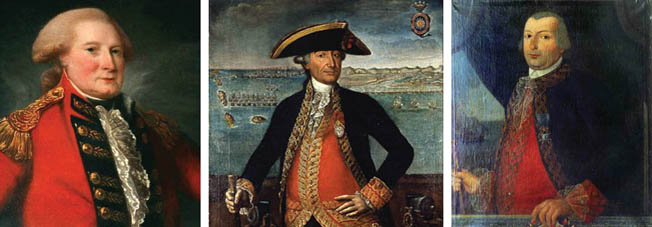
The soldiers saved cannons from the wrecked frigate, and they crafted scaling ladders with wood from some of the wreckage salvaged from the water. The capture of a British ship bound for Mobile replenished their supplies, and reinforcements arrived from Cuba. Meanwhile, Campbell set out from Pensacola with a relief force.
Winter rains flooded the countryside and delayed Campbell’s relief column. By the time they neared Mobile, it was too late. After two days of bombardment, the Spaniards had breached the British defenses at Fort Charlotte, and its garrison surrendered to Galvez on March 14, 1780. Scouts warned Campbell that the Spanish flag was flying over the fort, and the troops returned to Pensacola.
To defend Pensacola, Campbell had about 1,300 regulars, sailors, and militia. He also had the help of 500 allied Indians, including Choctaws, Creeks, and Chickasaws. Campbell’s regulars included the 16th Regiment of Foot; the 3rd Battalion, 60th Regiment of Foot (the Royal Americans); the Hessians of the 3rd Waldeck Regiment; and Captain Johnstone’s company of the 4th Battalion, Royal Artillery. On hand in the bay to assist were 180 men aboard two small Royal Navy sloops of war, the 18-gun Port Royal and the 24-gun Mentor, in the bay.
Also present were the Maryland Loyalist Battalion and some Pennsylvania Loyalists, which together totaled 310 men. With the Marylanders was Captain Philip Barton Key. Key’s nephew, who was just a baby at this time, was Francis Scott Key, who during a later war between England and America would write the lyrics to “The Star-Spangled Banner.” Another 40 soldiers served in a locally recruited Loyalist company, the West Florida Royal Foresters.
The 3rd Waldeck Regiment came from the German principality of Waldeck-Pyrmont. Prince Friedrich Karl August raised these troops, and the British subsequently hired them in 1776. The regiment was commanded by Colonel Johan Ludwig Wilhelm van Hanxleden.
Florida was an exotic land of Indians, alligators, and Spanish moss. The Waldeckers were surprised to find a fellow countryman, but living with the Creek Indians was a man named Brandenburg, from the village of Konigsburg in Waldeck. Brandenburg was an army deserter who took refuge with the Creeks and translated for them when the tribe dealt with Europeans. Brandenburg apparently had not deserted from the Waldeck Regiment, for his name had never appeared on their rolls and no mention was made of an arrest for desertion.
Pensacola sprawled across low, sandy ground by the water. Campbell was not the first officer to realize that the settlement and fort were vulnerable to bombardment from a rise north of town called Gage Hill. Rather than relying on the old fort, Campbell built new fortifications on the hill.
Largest of these new works on Gage Hill was Fort George. Its main section was a quadrangle with four bastions that were pierced for 21 guns. Two long earthworks of fascines and sand stretched to the southeast, each ending with a bastion constructed of the same materials and armed with three more guns. Between the bastions was a cluster of storehouses, offices, and a barracks. Outside the south wall of the quadrangle, huddled near a defensive wall on its eastern side, was the fort’s magazine.
North of Fort George, the ground rose higher, so it was necessary to protect Gage Hill with two smaller outlying works. About 500 yards beyond the fort was an outerwork known as the Queen’s Redoubt, which the Spanish would call the Crescent Redoubt. Its half-moon-shaped central portion was flanked by additional earthen walls on each side. Between the two larger fortifications was a smaller, pentagonal work. Officially called the Prince of Wales Redoubt, it was often referred to as the Middle Redoubt.
West of the town, Spain once fortified a rise called Barrancas Coloradas. This spot, which the British called Red Cliffs, guarded the entrance to the bay. The British built a new work on the site that they named the Royal Navy Redoubt. Like the redoubts on Gage Hill, the one at Red Cliffs was protected by abatis, interlaced tangles of small trees arranged with their sharpened points facing outward.
Across the water from Barrancas Coloradas, Spain once had a settlement on Santa Rosa Island, but it was exposed to the full force of the Gulf’s storms. After a 1752 hurricane, the Spanish abandoned the island and moved to the site later occupied by the British town. Campbell had no troops to spare to garrison the island.
It seemed that Pensacola’s defenses would be tested in October 1780 when an invasion force commanded by Galvez sailed from Havana. Seven ships of the line and four frigates escorted 50 transports loaded with troops and supplies. A Gulf hurricane broke up the fleet on October 18. Several ships were lost, and the survivors were scattered to Yucatan, the mouth of the Mississippi, or back to Havana.
While the Spanish regrouped, Campbell sent an expedition against Mobile at the start of the new year. On January 7, 1781, 300 Indians and 160 soldiers under Colonel Hanxleden struck La Aldea, a village eight miles across the bay from Mobile. Although heavily outnumbered, the Spanish held on. The attack collapsed after Hanxleden was killed.
On February 28, Galvez left Havana again with 1,315 troops. With the troops from Spain were about 300 men from what is now Belgium in the Flanders Regiment and another 300 in the Hibernia Regiment, a unit of Irishmen in the Spanish service.
Commanding the naval escort was Captain Jose Calvo de Irazabal aboard the expedition’s largest vessel, the ship of the line San Ramon. With Calvo were the frigates Santa Cecilia and Santa Clara and two smaller armed vessels.
The Spanish fleet arrived off Pensacola Bay on March 9. Part of the Hibernian Regiment and some guns were landed on Santa Rosa Island. Campbell had concentrated his forces on the mainland, leaving the island undefended.
Sandbars and a narrow, winding channel made it tricky to enter Pensacola Bay. The Spanish hovered off Santa Rosa Island and apparently did not keep a close guard on the entrance to the bay. At midnight on the day they arrived, a British brig escaped to alert the authorities in Jamaica about the invasion. On March 10, a Captain Roberts slipped into the bay with a prize schooner laden with Governor Galvez’s silver dinner service, a collection of fine wines, and personal baggage.
Two days after their arrival, Spanish guns were readied on Santa Rosa Island. They opened fire, and drove the British sloops of war nearer to Pensacola. The Spanish unloaded their vessels before attempting to sail into the bay. Although substantially lightened, the San Ramon ran aground. The crew managed to free the ship in about 20 minutes, but Calvo ordered the other ships to stay out in deeper water.
If a ship of the line could not enter the bay safely, perhaps a smaller vessel could. Galvez boarded the Louisiana privateer brig Galveztown. He hauled aloft a rear admiral’s pennant to signify his presence as the expedition’s commander. Three row galleys, hired from Louisiana owners, were also under Galvez’s orders rather than the Spanish navy. Together, the four Louisiana ships sailed through the harbor entrance. Royal Navy gunners at Red Cliffs opened fire. Their shots severed some rigging and punctured a few sails but did no serious damage. All four vessels made it into the bay on March 18. The next day, using detailed sailing instructions provided by the captain of the Galveztown, the rest of the smaller vessels sailed into the harbor. Calvo returned to Havana in the San Ramon.
On March 22, Colonel Jose de Ezpeleta arrived with 900 troops after an overland trek from Mobile. The following day a flotilla from New Orleans brought another 1,600 regulars and militia. Galvez shifted his men onto the mainland, disembarking them on the eastern shore of a bayou then called Sutton’s Lagoon.
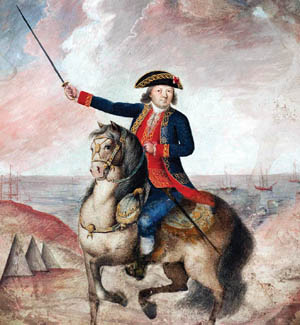
The Spanish were about 11/2 miles west of Pensacola itself. They settled into an entrenched camp guarded by two small redoubts and began exploring the enemy positions. Several soldiers caught outside the camp were killed or wounded by Campbell’s Indian allies on March 25. “[At] 9 o’clock a.m., Indians brought in 23 horses belonging to the enemy, and 2 scalps,” Ensign Robert Farmar of the 60th Regiment of Foot noted in his diary that day.
Frequent Indian attacks, whether ambushes of small parties or stragglers or sustained nighttime attacks against the main camp, kept the Spanish on edge for the next several weeks.
April 12 was a day of sharp skirmishing. While Galvez was directing operations from a forward redoubt, a bullet shattered one of the fingers on his left hand and creased his abdomen. Galvez temporarily turned over command to Ezpeleta.
Most of the British sailors were detailed for duty in the redoubts. A few hands steered the Mentor into the east end of the bay and then up the Blackwater River. While at anchor in the river, the ship capsized during a storm on March 23. Three weeks later, the hulk was set afire to pre- vent its capture by a Spanish patrol on April 14.
One week after Galvez was wounded, lookouts spotted sails on the horizon. It was troubling news. The approaching vessels were identified as warships, and no friendly ships were expected. It was a great relief when the ships were revealed to be a combined French-Spanish fleet bringing more troops from Havana. This fleet’s commander, Captain Jose Solano y Bote, was much more cooperative than Calvo. Solano detailed 1,350 seamen, including experienced gunners, for shore duty. Counting the 725 French soldiers and the 1,600 Spanish reinforcements, Galvez had approx- imately 8,000 troops.
After weeks of little progress, Galvez had plenty of hands to construct siege works. He gave little consideration to the little fort at Red Cliffs. Its guns managed to drive a Spanish schooner ashore onto Santa Rosa Island on March 28. Otherwise, the Red Cliffs battery was ineffective at closing the entrance to the bay and too isolated to have any influence on the main efforts of the siege. Galvez focused on taking Fort George and the Gage Hill redoubts. Late on the afternoon of May 26, a party of engineers traced the line of an entrenched road running to a hill facing the Queen’s Redoubt. Five companies of grenadiers and light infantry and a pair of field guns accompanied the engineers.
About 200 redcoats and “many parties of Indians” attacked the surveyors, wrote Galvez. With the help of their cannons, the Spanish drove the enemy back into the Queen’s Redoubt. But the British guns inside the work opened up a heavy fire on the Spanish and drove the engineers and their escorts back to their lines.
That night, 700 Spanish troops carrying fascines set out to work on the entrenched road, guarded by 800 grenadiers and light infantry. At 3 AM, a storm burst over the work parties and halted work for the night.
Two companies of light infantry were assigned to guard the area during the day of May 27 to prevent the British from tearing out the survey marks for the rest of the planned works. The Spanish light infantry clashed with an advance picket of 50 Loyalists and an unknown number of Indians. Four more companies of Spanish troops were sent forward with two field guns. They kept the enemy away from the area and stopped them from clearing trees and digging new trenches in front of the Queen’s Redoubt. Galvez reported four men killed and a dozen wounded in the skirmishing. The Indians brought in “a great number of scalps, firelocks, and bayonets,” wrote Farmar.
An entrenched roadway led from the Spanish camp to a hill, where they built a five-sided battery. One façade faced the Queen’s Redoubt and the other faced Fort George at a longer range. Under cover of darkness, the Spanish brought four mortars into the battery on April 30 and six 24-pounders the next night.
From that 24-pounder battery a protected trench continued northward to a small redoubt equipped with three 9-pounders. Perpendicular to that line, another earthwork was dug to run east for perhaps 300 yards to a rise that the British called Pine Hill.
At Pine Hill, the Spanish started work on two new redoubts. Shielded by walls of sand, fascines, and cotton bales, the smaller redoubt would have a pair or mortars and a pair of howitzers, but the larger redoubt would hold a battery of nine 24-pounders. Captain Francisco de Miranda, an officer of the Aragon Regiment, estimated the distance between the nine-gun battery and the Queen’s Redoubt was 420 meters.
Spanish troops worked all through the night of May 3-4 on the new battery, but “the time was not sufficient for the formation of the gun embrasures, so that the soldiers could with difficulty fire from the parapet of these works, nor was it possible to remain outside on account of the hail of shot thrown from the crescent,” according to Galvez.
At midday on May 4, 200 of Campbell’s men made a bold dash at the unfinished enemy works. The part nearest the Queen’s Redoubt was held by a company of grenadiers from the Mallorca Regiment and half a company of the Hibernian Regiment. Intense artillery fire drove the Spanish under cover. Distracted by the ongoing bombardment, they did not detect a party of men from the Waldeck Regiment and the Pennsylvania Loyalists quietly slipping through the low ground between the fortifications.
Part of the attacking force waited in the woods while the others rushed into the Spanish entrenchments. “We were almost upon them before they discovered us,” wrote a Loyalist soldier.
Sergeant James A. Matthews remembered, “A panic ensued. We dashed at them with the bayonet, [and] drove them out of their works.” The captain and second lieutenant of the Mallorca Regiment were killed. The remaining Mallorcan lieutenant and all three officers of the Hibernian Company were wounded and captured. Their troops fled to a smaller redoubt about 60 yards west, but the British pursued them down the connecting trench and drove them out of this second work as well.
Galvez, when he was notified of the attack, sent four companies under Colonel Ezpeleta to eject the enemy from their gains. By the time Ezpeleta reached the scene, the British had rejoined their companions. Before withdrawing, the British spiked four guns and set the gun mounts, fascines, and cotton sacks on fire. From their smoldering fortifications, the Spanish watched their jubilant foes cheering and tossing their hats in the air.
The Spanish suffered 18 killed and 16 wounded. The silverware laid out for Don Pablo Figuerola, the commander of the section of the works, was gone, as were the money and buckles belonging to the dead and wounded. After securing the position, the Spanish set about making repairs and building emplacements for the battery of 24-pounders.
Nature assailed both sides on the night of May 5-6, as a hurricane swept across the Gulf Coast. The Spanish fleet withdrew from the bay after many of the ships cut their anchors and marked them with buoys.
There was no way for the soldiers on land to escape the storm. Winds blew down tents in the Spanish camp, and the deluge left so much rain that the soldiers slogged through waist-deep water in the trenches. On the British side, the storm “washed some of the sand from the barme [berm] of the fort and two redoubts,” wrote Farmar. After sunrise, Galvez issued a special allowance of grog to the hundreds of men who spent the night on duty in the flooded works.
As Galvez steadily completed his siege works, he made plans for a surprise attack on the Queen’s Redoubt, the key to the enemy’s positions. Approximately 800 men were readied to move out after midnight on May 7. Some carried hatchets to hack through the abatis and others carried ladders to lean against the walls. Hundreds more men under Ezpeleta waited in the earthworks as reserves. To avoid detection, the attackers took a roundabout route around a hill covered with thick pine woods. They were guided by two deserters, one of whom was a Loyalist officer who was for some reason ejected from Pensacola, according to Miranda. The attack was poorly timed. A bright moon floated in the sky, and by the time the Spanish were assembled for the final rush at the redoubt it was so late that the British were already stirring from their beds. Surprise was then impos- sible, and the attack was called off.
Throughout the siege a constant trickle deserters flowed from one side to the other. A Pennsylvania Loyalist was captured when trying to desert and sentenced to receive 500 lashes, according to Farmar. At noon on May 7, the deserter was drummed out of the camp “with his hands tied behind his back, and large libel pinned to his breast, with his crime,” wrote Farmar. “He was escorted close to the Spanish lines, and left to his fate, but he soon returned.”
Farmar’s story may reflect an incident noted by Carl Phillip Steuernagel, the regimental chaplain, which the Waldeck soldiers believed had serious consequences for the siege. Steuernagel said a provincial officer committed an offense serious enough to warrant expulsion from the service. He was drummed out of the lines and was immediately taken by the Spanish. The expelled officer revealed the exact location and construction of the door of the magazine in the Queen’s Redoubt, according to Steuernagel’s report. Whether or not a traitor revealed details about Fort George, plans of the fort show that the entrance to the magazine opened to the west and so was exposed to the Spanish guns.
At any rate, the Queen’s Redoubt was already the target of the enemy’s artillery. A shell struck a tent at the redoubt at 6 AM on May 7, setting off a box of gunpowder. The blast killed a Waldeck soldier and wounded two more soldiers and three sailors. Eight hours later, “a shell came in at the window of one of the barrack rooms” of the redoubt and killed one officer and wounded another, wrote Farmar.
On May 8, the new battery of nine 24-pounders added its fire to the Spanish siege works. It turned out that this heavy battery was never needed. At mid-morning a Spanish howitzer hurled a shell into the vulnerable doorway of the magazine in the Queen’s Redoubt.
More than a mile away in the main Spanish camp, a tremendous explosion startled Miranda and his fellow officers. At first they could see only a vast pillar of smoke rising in the distance. They soon learned that the stubborn Crescent Redoubt was on fire. The resulting explosion blasted the redoubt into “a heap of rubbish” and killed 76 men, wrote Campbell. The dead were “forty seamen belonging to H.M.’s ships the Mentor and Port Royal; and forty-five men of the Pennsylvania Loyalists,” according to Farmar.
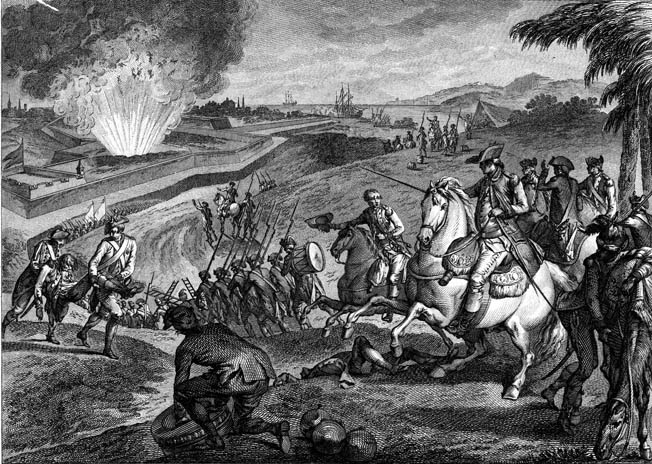
Seven cannons were “lost in the redoubt,” according to Campbell. Two smaller outworks that flanked the redoubt were untouched by the blast. With the remaining guns, Captain William Johnstone of the Royal Artillery fended off enemy troops who closed in on the ruined works. A Captain Byrd rushed to the scene with 70 men of the 60th Foot. Johnstone and Byrd bought enough time to drag away five guns and some of the wounded. When great numbers of Spanish troops formed for another advance, Johnstone spiked the remaining guns and withdrew.
One hour after the explosion, Galvez’s men poured into the Queen’s Redoubt and took cover behind the remaining ruins. They “kept up so heavy and incessant a fire from their small arms … that the seamen could not stand to their guns in the middle redoubt, and several [soldiers and sea- men] were wounded,” wrote Campbell.
With the loss of the outlying works and much of his gunpowder, Campbell’s position was untenable. He saw that there was “little to no shot left (except for what the enemy had furnished us with for our own four 24-pounders).” At 3 PM, six hours after the explosion, a white flag was raised over Fort George. One officer from each side was sent as a hostage to the other while surrender terms were hammered out.
Negotiations dragged on for two days. On May 10, Campbell surrendered Pensacola. “It has been my Misfortune, my Lord, to be employed in an ill-fated Corner of His Majesty’s Dominions,” the general lamented in his report to London. The Spanish took 1,113 prisoners, along with 101 women and 123 children. About 300 more men slipped away during the surrender negotia- tions. Galvez reported that they went to Georgia. The Choctaws and other Indians likewise escaped and were not mentioned in the articles of surrender. With the prisoners the Spanish took 143 cannons, 40 swivel guns, six howitzers, and four mortars.
British losses, the great majority of which were a result of the detonation of the magazine, numbered 90 killed and 46 wounded. In addition, 83 of the British deserted. No tally was made of the Indian casualties. Galvez’s losses included 74 dead and 198 wounded soldiers. These figures do not include possible additional casualties among the naval contingent.
The garrison received honorable terms of surrender, and the soldiers were paroled and exchanged. While Spain was at war with England, it was not officially allied with the rebels. Campbell was required only to pledge that his men would not fight against Spain again until their formal exchange. The British and the soldiers of Waldeck could fight against the Continentals as soon as they were released. For that reason, the Continental government alerted rebel privateers to board Spanish vessels and seize any of the paroled Pensacola prisoners they found.
From Pensacola, the captured garrison was taken to Havana before being conveyed in Spanish ships to British-occupied New York City. Of the British troops aboard the Spanish St. Joseph and St. Joachim, 160 were captured off the Delaware River by the Continental privateers Holker and Fair American. A prize crew of 30 men steered the Spanish ship toward Philadelphia. En route, the prisoners were freed when their ship was recaptured and diverted back to New York by the Loyalist privateers General Arnold and Surprize.
Some of the Waldeck soldiers remained in captivity in Cuba until the following year. In 1783, Parliament paid the Prince of Waldeck the sum of 904 pounds, 12 shillings, and eight pence for arms, camp equipment, and other spoils seized by the Spanish troops at the capture of Pensacola.
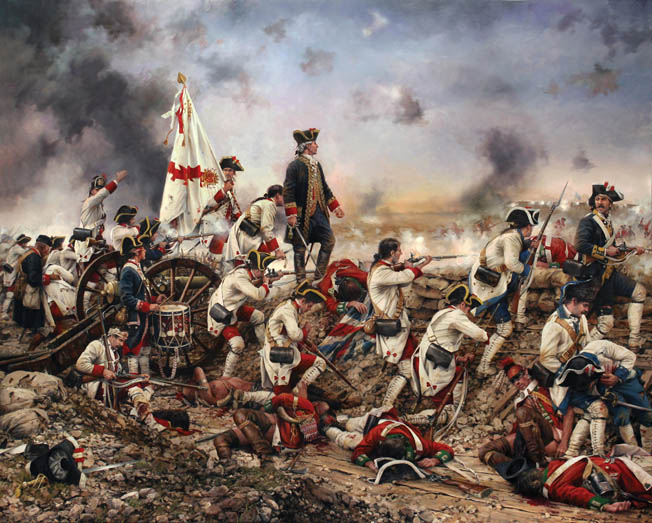
After the capture of Pensacola, Spain opted against invading East Florida; instead, Madrid planned an attack with the French against the British colony of Jamaica. Galvez would have played a prominent role in the campaign, but the plans came to naught after Admiral George Brydges Rodney defeated the French fleet at the Battle of the Saintes on April 12, 1782, leaving the Royal Navy in firm control of the Caribbean. Nevertheless, Galvez did lead an expedition that forced the surrender of the Bahamas to Spain on May 8, 1782. In that action, the Spanish captured the entire British garrison as well as a dozen privateers and numerous merchant ships.
King Charles III rewarded Galvez with a promotion to lieutenant general and the titles of Viscount of Galveztown and Count of Galvez. At the time of his death in 1786, he was the Viceroy of New Spain. The city of Galveston, Texas, was named for Galvez. His contributions to the Continental cause were remembered with a joint resolution of Congress in 2014, when Bernardo de Galvez y Madrid became the eighth foreign national to be declared an honorary citizen of the United States.
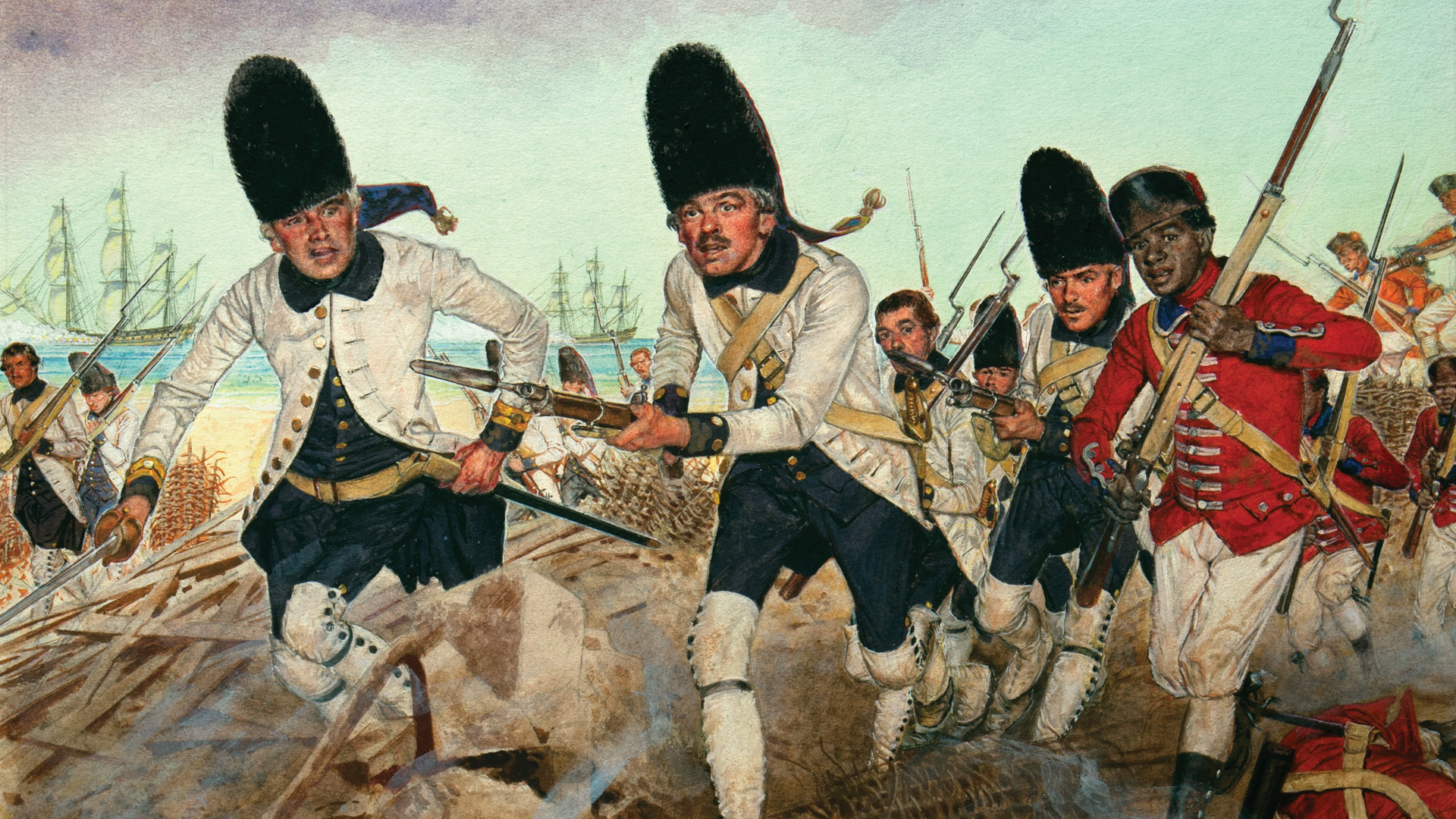
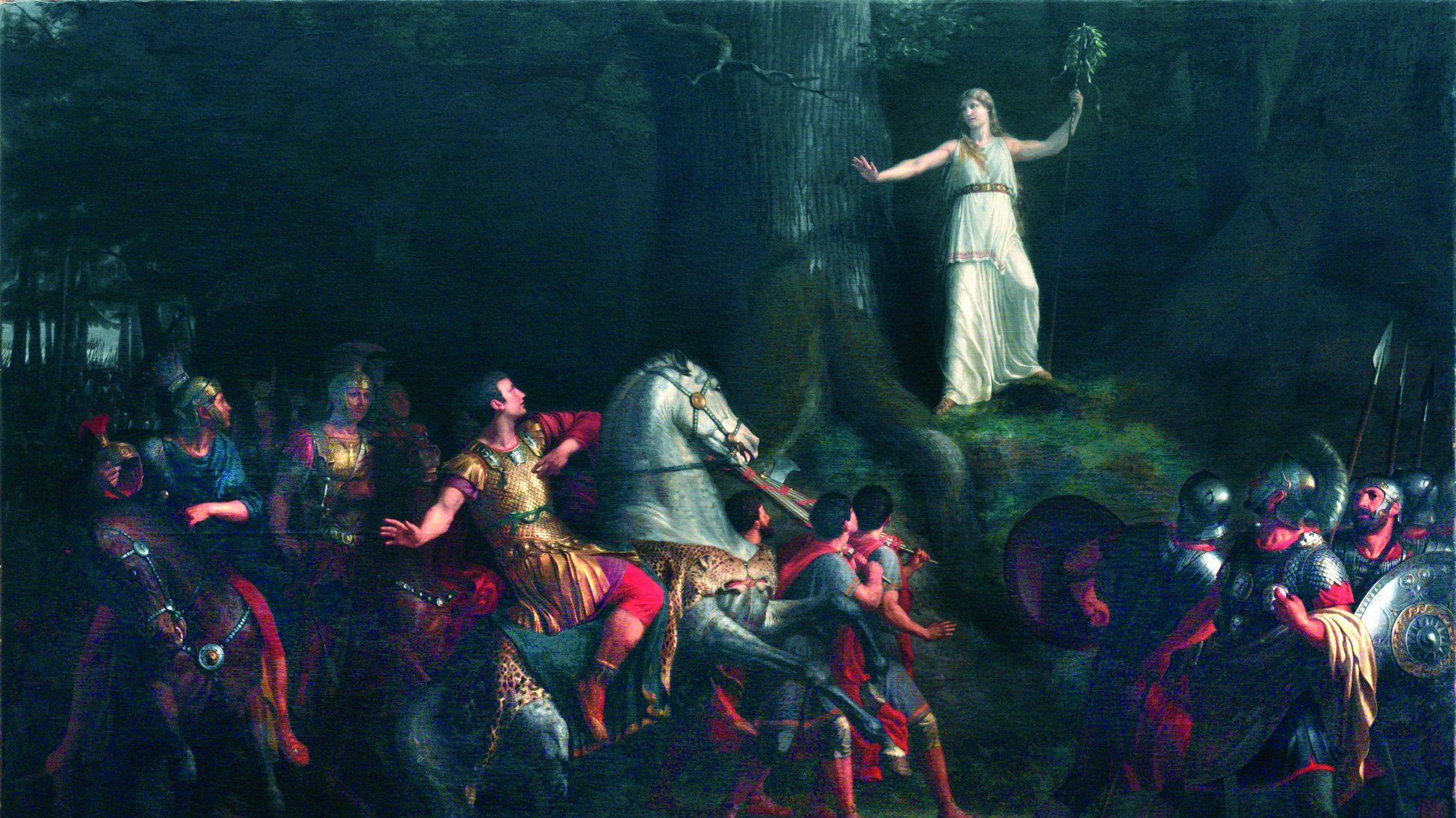
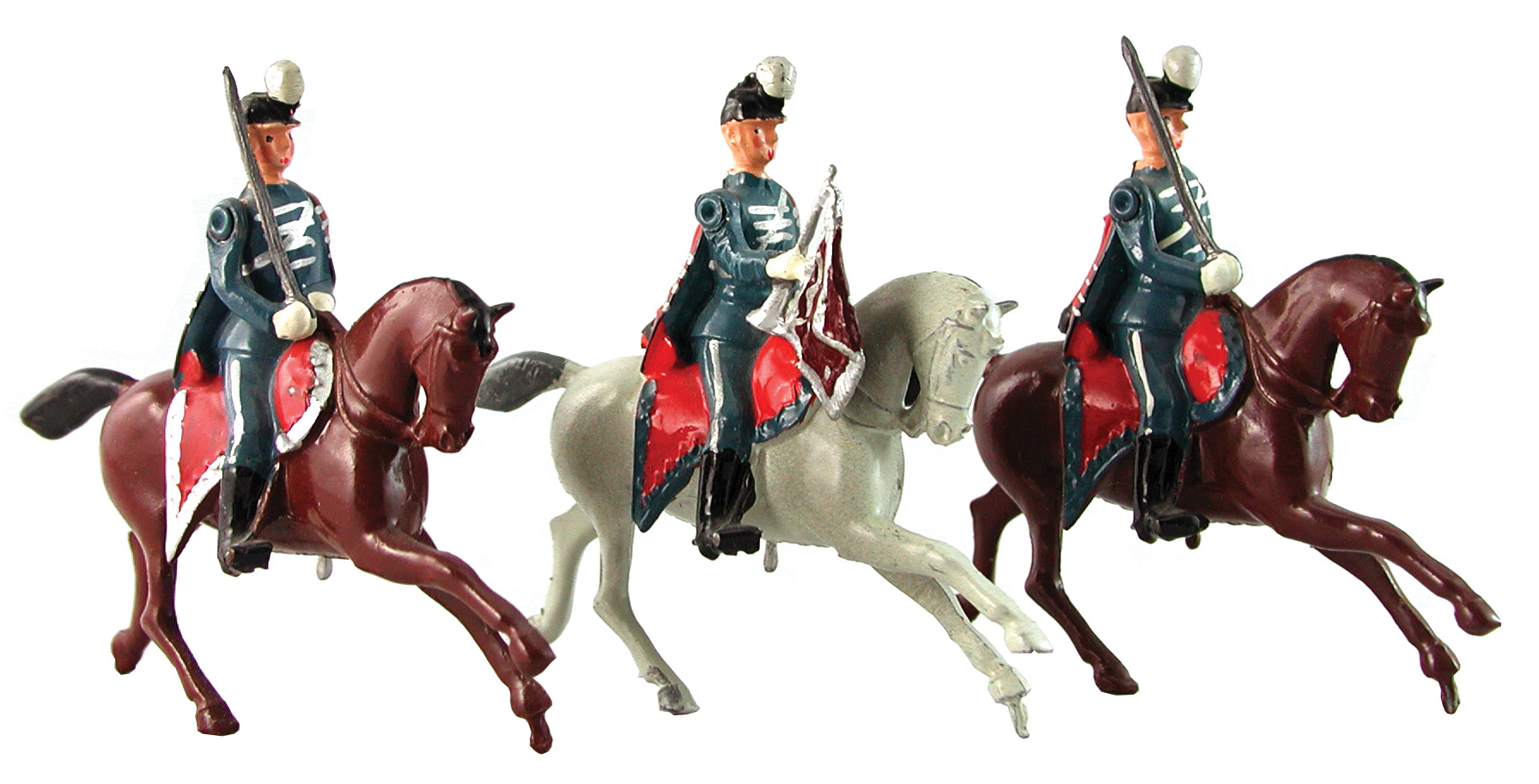
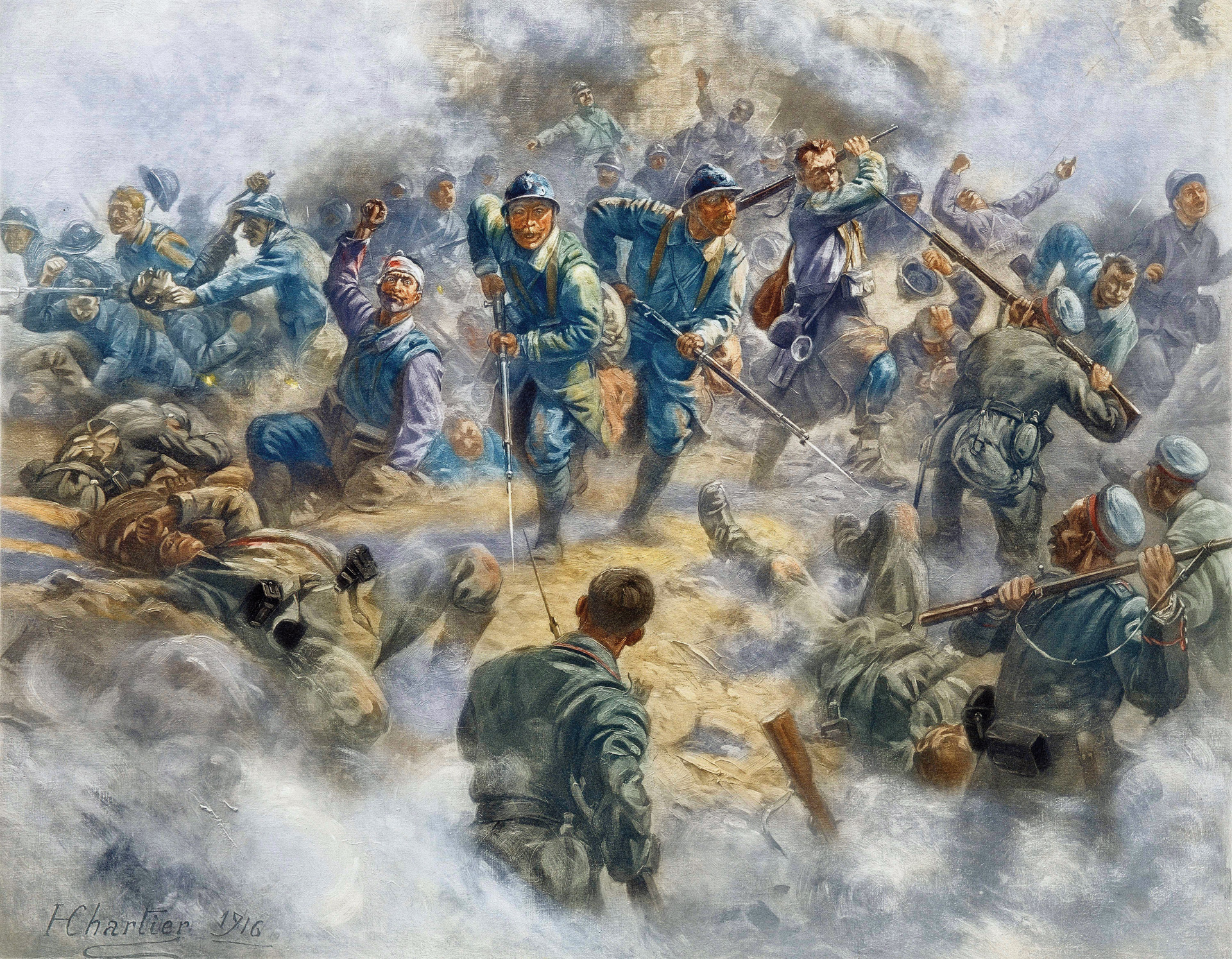
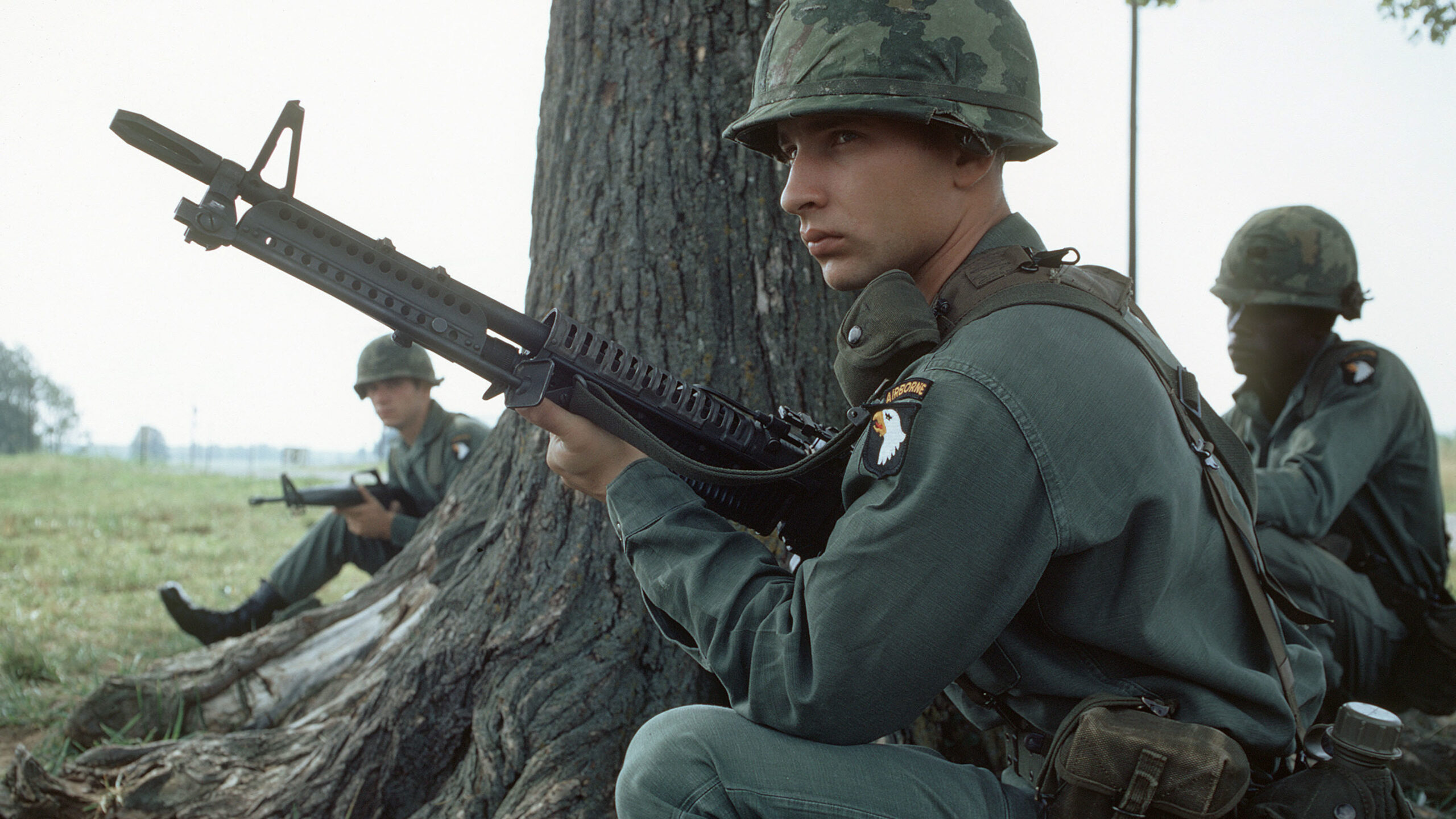
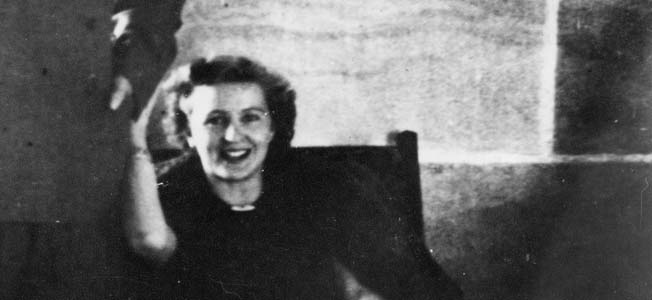
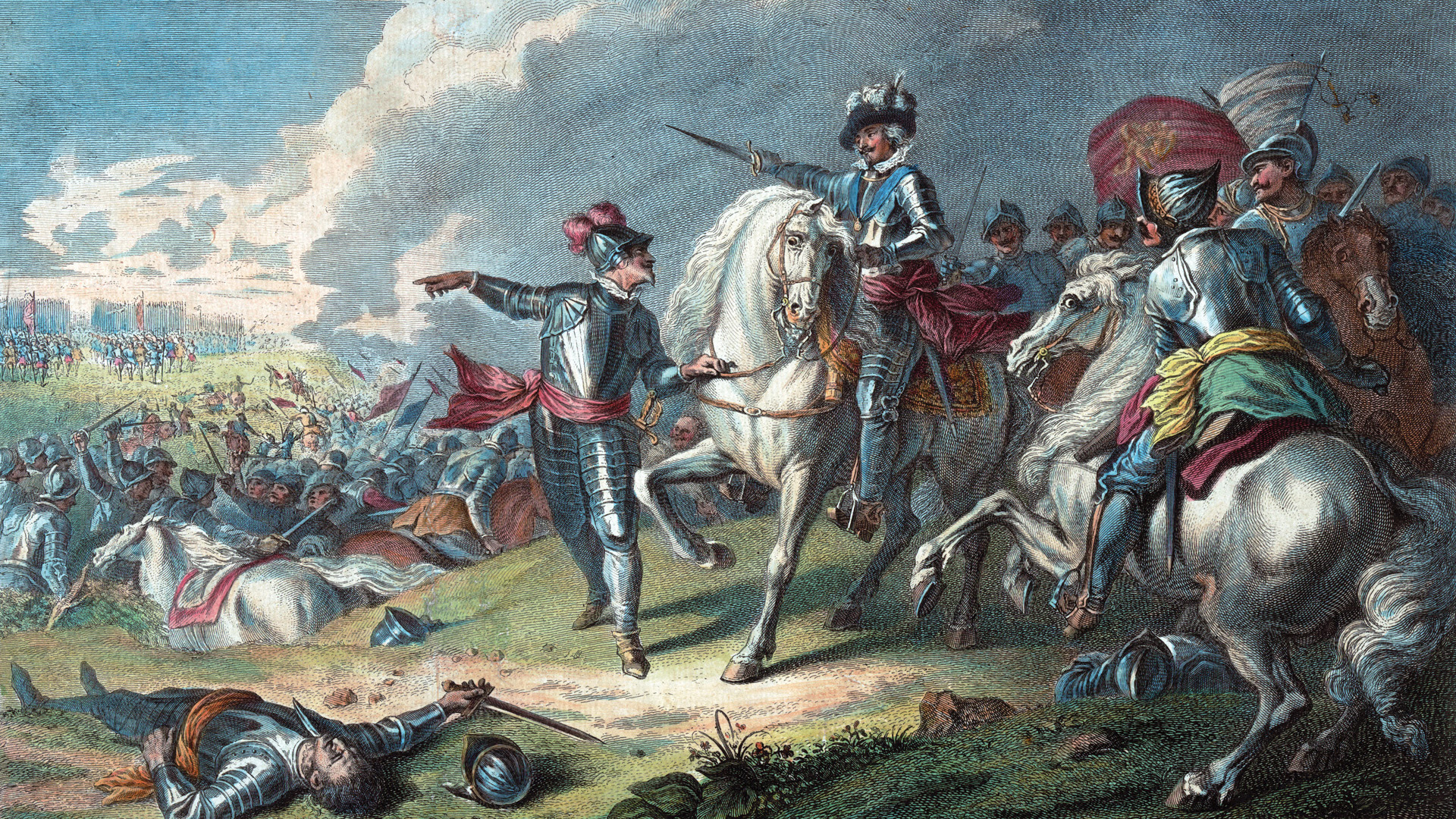
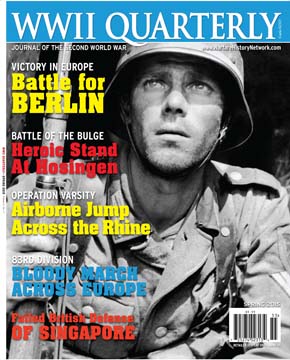
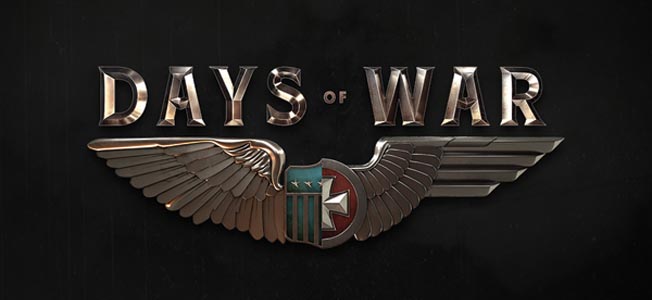
Join The Conversation
Comments
View All Comments